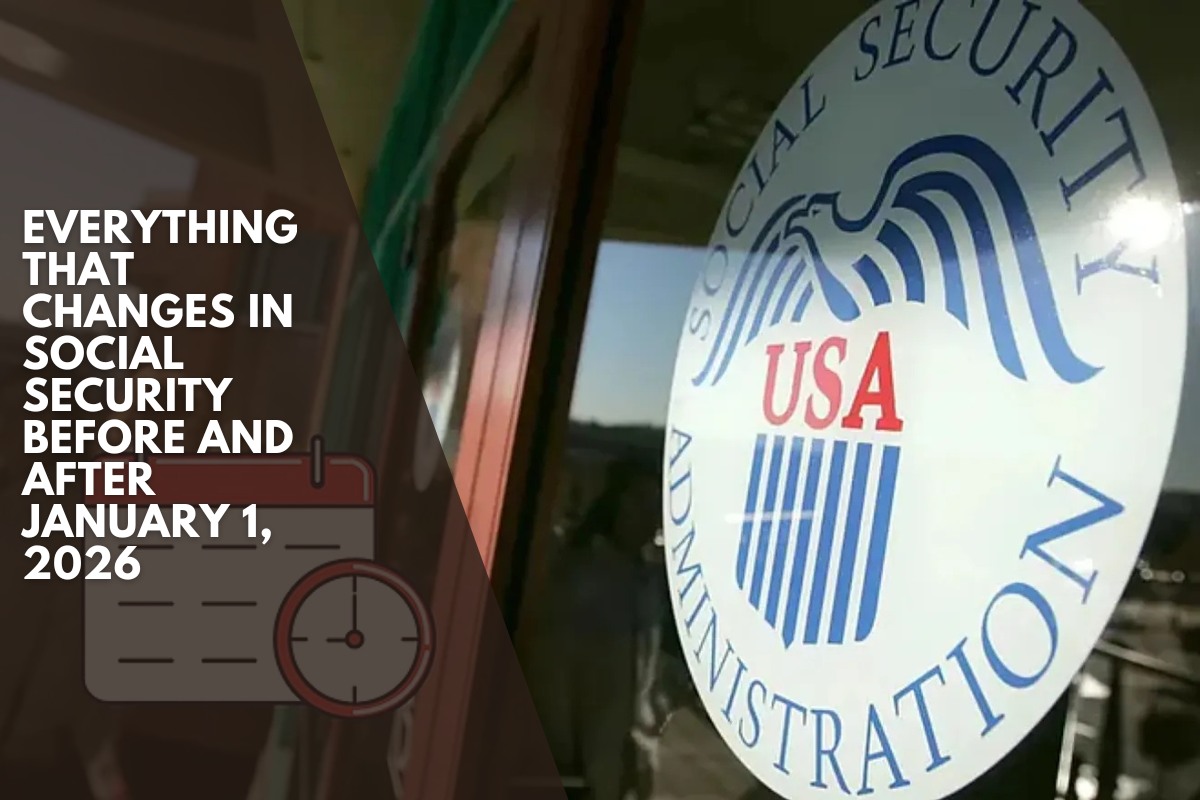If you’re one of the millions waiting for your Social Security payment this July, the schedule is already in motion. Those born between the 1st and 10th received deposits on July 9th, while individuals with birthdays from the 11th to the 20th will see their funds arrive a week later, on July 16th. For those born later in the month (21st-31st), payments will be sent today, July 23rd.
However, there are exceptions. If you started collecting Social Security benefits before May 1997—including some SSI recipients and residents living overseas—your payment arrived earlier on July 3rd. If you only receive SSI, your payment was issued July 1st.
Breaking Down Social Security Benefit Amounts and Populations
Social Security and SSI impact 73.9 million Americans, or about 1 in 5 U.S. adults, according to Pew Research. The majority of these recipients (around 52.6 million) are retired workers, but 7.2 million people receive Social Security Disability Insurance (SSDI), and 5.8 million are survivors of deceased beneficiaries, including their spouses and children.
Approximately 4.9 million individuals rely on both Social Security and SSI. These recipients often face severe financial hardship, relying on both programs to meet basic needs.
How Much Do Social Security Benefits Pay?
The amount you receive depends on various factors, including when you start collecting benefits. In May 2025, the typical retired worker’s check reached $2,002.39—finally surpassing the psychological $2,000 barrier. However, when including spouses and children, the average drops to $1,950.27. This gap exists because family benefits dilute the overall average.
The amount you’re eligible to receive also depends on the age you begin claiming benefits:
At age 70 (maximum monthly payout): $5,108
At full retirement age: $4,018
At age 62 (early retirement): $2,831 (lower maximum)
To reach the maximum monthly payout of $5,108, individuals need to have worked for 35 years, earning at least the taxable maximum of $176,100 (as of 2025), and delay retirement until age 70. Few individuals manage both.
Why Social Security Payments Changed in 2025
Two factors boosted Social Security payments in 2025:
Cost-of-Living Adjustment (COLA): A 2.5% increase added to the average benefit, raising it from $1,927 to $1,976. While this isn’t groundbreaking, it’s a meaningful adjustment, especially with rising food and living costs.
Social Security Fairness Act: This act, passed in January 2025, ended pension penalties for nearly 3 million public servants, such as teachers and firefighters. Many of these individuals received retroactive payments, averaging $6,710, through early July.
What About Retirement Savings? Do You Need $1 Million?
You may have heard the advice to save $1 million for retirement. But is this the magic number? The answer is no—$1 million is more of a starting point than a rule.
Your lifestyle, location, and spending habits determine how far your savings will go. In areas like Italy’s countryside, $1 million might last for decades. In luxury living in Miami, that same amount could be spent in just 10 years. Inflation, of course, eats away at buying power over time, so your $1 million today might feel like only $500K in 20 years.
The 4% rule, which recommends withdrawing $40,000 yearly from a $1 million nest egg (adjusted for inflation), isn’t foolproof. Market downturns or unexpected expenses can derail this plan.
More modern advice suggests saving 10 times your final salary by age 67—often closer to $1.4 million in high-cost areas. Others recommend 25 times your annual expenses. This can give you a better estimate of how much you’ll need in retirement.
Action Plan for Retirement: Real Steps to Take
Track your current yearly spending and add 3% inflation for each future year.
Subtract non-investment income (like Social Security).
Cover the gap with 4% withdrawals from your savings.
Consider your retirement age and location. (Retiring early? Health insurance costs are high. Planning to retire in Rural Italy vs. NYC? That’s a huge difference.)
Target replacing 70-80% of pre-retirement income.
If you spend $50,000 now, aim for $1.25 million saved. Geography, health care, and your personal goals matter much more than a simple $1 million target.












